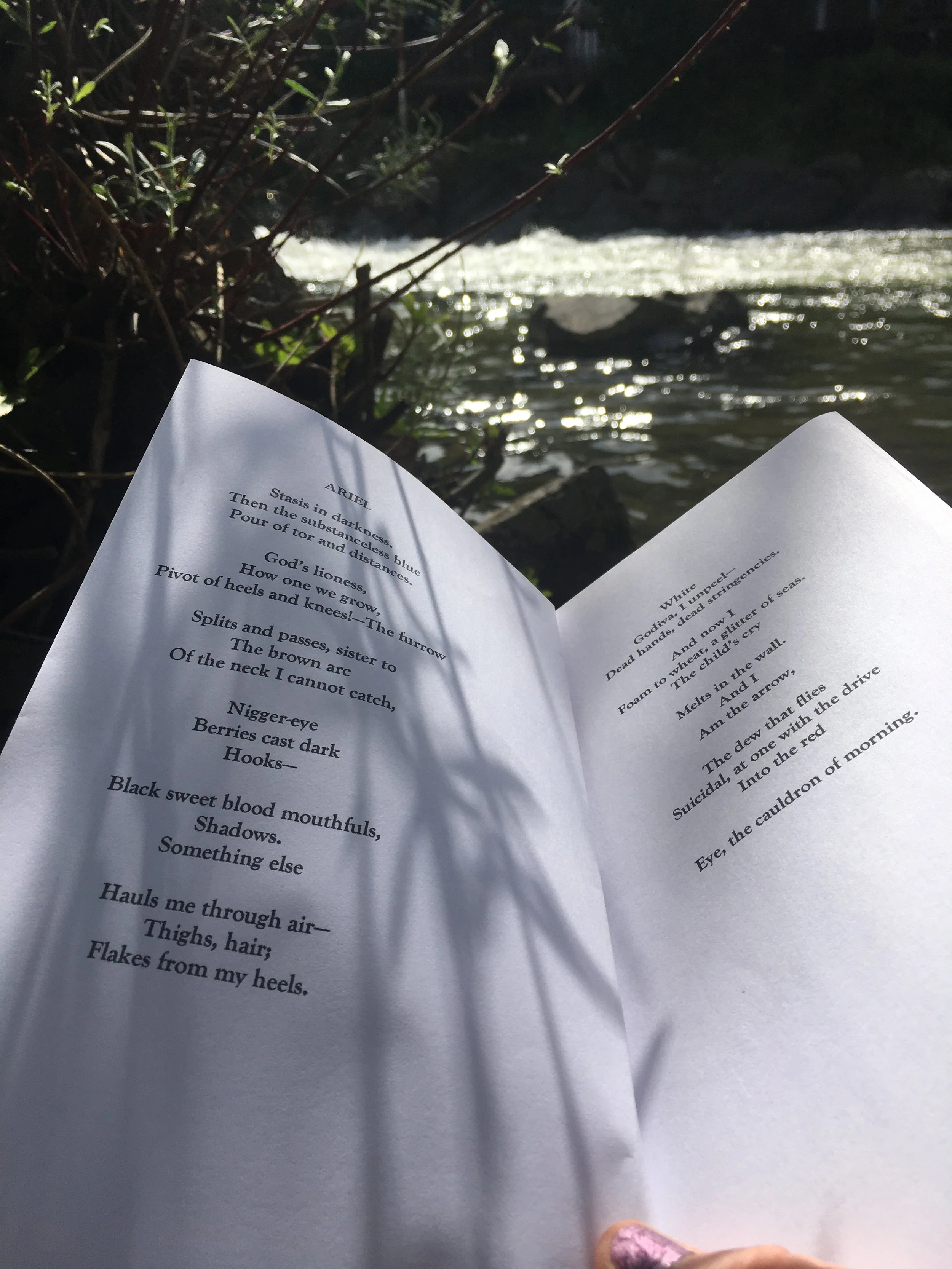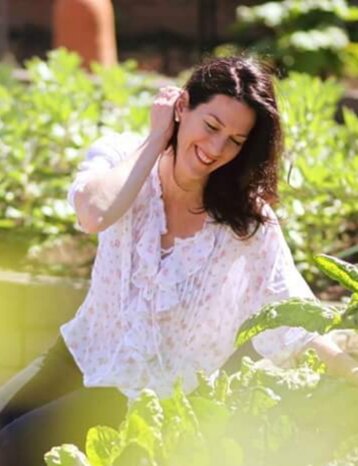A Writer's Process: Kathryn Aalto
/What limitations or blocks have you come across in your writing career so far? And how have you overcome them?
Sometime what we sense might be barriers in life can, in time, prove to be gateways into the unexpected. This was the case for me 2007 when I stepped, reluctantly, into the life of an expat—a romantic idea with a very rocky reality. My husband and I had a beautiful wildlife haven/farm in the Pacific Northwest with our three children. All pillars of life were fulfilled. When my husband became a professor in Exeter, I left behind my extended family, farm, friends, customs, community, nation, and work—and had to make sense of a new world. I knew I needed to get grounded again, to find a sense of place, but it is a slow process. The second day of living in Devon, however, I stumbled upon a book on walking public footpaths in England. For someone who loves travel writing and landscape history, it opened a whole new world to me. Walking also has a lot in common with the essay—both are circuitous, conversational, and exploratory.
I have written three books related to landscapes and gardens, natural history, and walking: Nature and Human Intervention (2011), The Natural World of Winnie-the-Pooh: A Walk Through the Forest that Inspired the Hundred Acre Wood (2015) and Writing Wild: Women Poets, Ramblers, and Mavericks Who Shape How We See the Natural World. (2020). My essays have been featured in Smithsonian Magazine, Outside, Sierra, and others. I was fortunate that the Hundred Acre Wood book became a New York Times best-seller, was a People Magazine ‘Best New Book Pick,” and was featured on National Public Radio and, amazingly, reviewed around the world. And I have been invited to speak at more than 200 venues across the United States and England. What I thought was going to be disastrous move in life is something I harnessed, as a natural extension of my interests, in a way that benefitted me.
Writers talk a lot about ‘finding their voice’. What has helped you to find a distinct and authentic voice in your writing?
When I was twenty, I moved toward creative nonfiction because it is a genre that invites narrative presence and voice. A hybrid of journalism and literature—a ‘true stories, well told—it has many names including literary journalism and narrative nonfiction. I like to read CNF. I like to write CNF. I learn more from engaging, well-crafted writing by a trusted narrator. For me, because I am usually writing about natural history, the history of gardens, and portraits of people, I set my work right in the place I am writing about. I take the reader right into the landscape and fashion my essays after walks which I am genuinely on during my research. Finding my voice was fairly simple because the genre and my subject matter lend themselves to it.
How does contact with nature inform and support your writing (or not)?
On a practical level, my best ideas spring to mind when I least expect them—on a walk or a run or gardening. Physical exercise imbues us with mental vigour, giving distance to ideas and allowing my inner critic to drop away. I have strenuous gym workouts in the morning. Throughout the day, I take regular breaks to walk a lovely circuitous wooded path near my home. And several evenings a week, I walk six brisk miles along the flat River Exe listening to podcasts or audio books. The light on the serene River Exe, the water fowl, the wind in the trees, and people in movement around me is a fulfilling and satisfying way to loosen my mind and body. On a professional level, everything I write is set outdoors and informs my work completely.
Please describe a fearful or anger-making moment in the creative process.
When I am in-between projects and feel uncertain about the new writing space I’ll be occupying for the next 12-18 months, I sometimes feel a little out of sorts. Doubt, resistance, and a bit of uncertainty. Some time ago, I realized that I usually feel this way when I am snorkeling on the surface of an idea, just before my subconscious resolves problems and I don the writing scuba gear needed to dive deep into a writing space. My brain is organizing and sorting and resolving writing issues and I am asking myself how committed I am to an idea. It always passes. It is not writing block—I don’t believe it that one bit—it is mental sorting taking place.
Please describe a joyous moment in the creative process.
From nuanced to overt, there is a spectrum of joy in the creative process. Don’t wait for others to bring you joy. Cultivate it yourself. I actively curate the daily tempo of my writing life—rising early to meet ideas, writing proposals, keeping my finger on the pulse of the zeitgeist—to bring me joy. Structure and self-understanding makes me happy. Throughout the day, I also step out into the world—walks, drinks, singing, gardening, time with family—for stimulation and inspiration. Aside from joy instilled in my daily writing practices, I am happiest when there is tempo in my writing—a dance between conveying information and crafting scenes—and when my narrative presence feel appropriate for the subject matter.
Are there any ‘writing rules’ that you remember being taught, that you now break? If so, what are they, and why do you choose to do it differently?
There are two rules I break all the time: using the word “I” and starting sentences with “and.” As a personal essayist, I can do this!
What is your current project/latest book and why does it inspire you?
I am writing a book proposal about a plant hunter after whom more plants are named and who died in a pit trap in Hawaii. It will be a project that ups my game as a creative nonfiction writer. It involves a complex braided narrative of several story strands. It also involves garden and landscapes history, murder, and more.
https://www.kathrynaalto.com












Winter Solstice Competition Runner-up: Hannah Ray, with You Were Born in a Pandemic